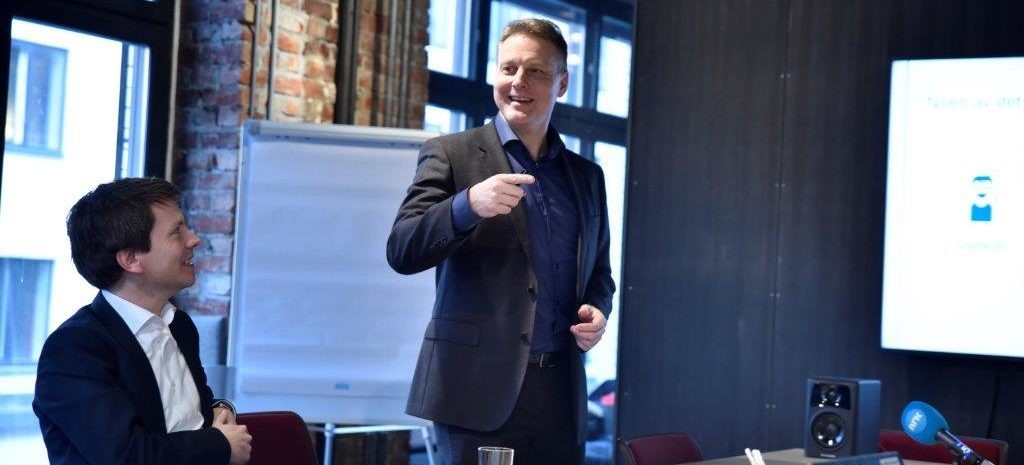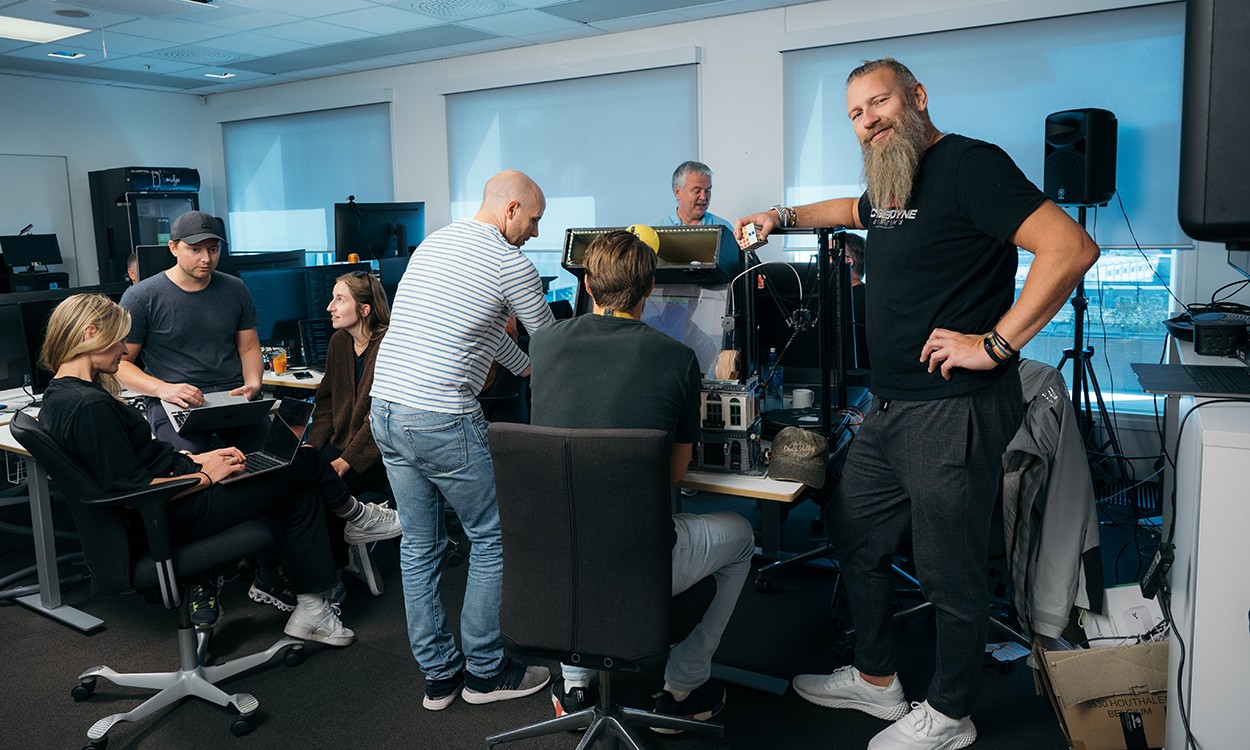In 1992, writer Neil Stephenson was the first to use the word metaverse in his science fiction short story Snow Crash. He describes the successor to the Internet, which is based on a shared virtual space. He himself may not have known at the time that three decades later, the world’s leading technology company would actually be working on something similar.
Ready Player One from 2018, based on the novel of the same name by Ernest Cline, discusses how it all could work. This is a captivating adventure thriller from the future, where almost the whole world spends all its free time in virtual reality, in a game called OASIS. It is a place where people can escape from their daily worries, have fun, race, travel, learn, fall in love… In short, do all they can.
Facebook, for example, wants to use virtual reality in this way for its own virtual universe needs. Last year, he launched a massive recruitment campaign for 10,000 people in the European Union who would work in the metaverse.
In the earliest ten years
Facebook boss Mark Zuckerberg believes in the whole project so much that he even renamed his company Facebook to Meta last year – following the example of the virtual universe. The creators of the most famous social networks believe that people will meet in the metaverse, even if they are on the other end of the planet. The new virtual space is also intended for product and service presentations or for gaming.
However, Zuckerberg admits that it may take Meta more than ten years to complete its own metaverse. However, the first part of the virtual universe is already visible, for example, the Horizon Workrooms service, which is basically an office for meeting people in the virtual world.
Other companies, such as game studio Epic Games, already have the same ambitions as Meta. His boss, Tim Sweeney, had previously announced that his vision was “significantly different from Facebook’s vision.” This is despite the fact that Epic’s virtual universe will also be built on top of a virtual reality system. Sweeney doesn’t hide the fact that games and entertainment play a key role in his metaversion relationship.
Therefore, it is unlikely that the two companies will work together to resolve this in the years to come. The current situation is more like a race, like the world powers fighting together in the last century.
Microsoft has spent 1.5 trillion
Microsoft America also has its own plans for the metaverse, though it’s still trying to keep all the details private. However, work in the virtual universe was confirmed in mid-January, when Microsoft announced its acquisition of Activision Blizzard for $68.7 billion (about $1.5 trillion).
As a result, the American software giant will now have a number of big names in the gaming world – at least Call of Duty, World of Warcraft, Diablo, Candy Crush, Tony Hawk, Diablo, Overwatch, Spyro, Hearthstone, Guitar Hero, Crash Bandicoot and StarCraft.
However, Microsoft head Satya Nadella admits that the game is not the only one the American company will acquire. “Games are currently the most dynamic and engaging category of entertainment across all platforms and will play a key role in the development of the platform metaverse,” said Nadella.
Virtual vs. augmented reality
The terms virtual and augmented reality are very often confused, but the two technologies work on different principles.
Virtual reality glasses try to draw the user into a simulated world and completely disconnect his senses from the real world. As a rule, the eyes completely cover the screen and headphones are placed in the ears, which very often become part of the whole system.
Augmented reality systems usually look like ordinary glasses, where the user can see everything that is happening around them. The custom view or camera then simply adds the virtual object to the real space. In fact, they connect the virtual world with the real world.

“Music maven. Evil pop culture lover. Unapologetic creator. Friend of animals everywhere.”






